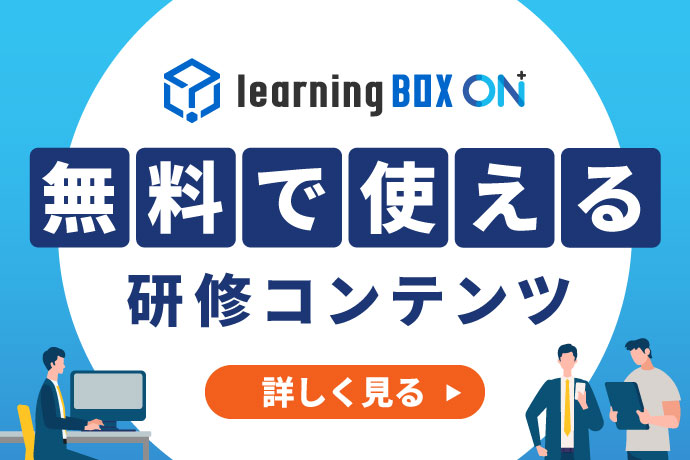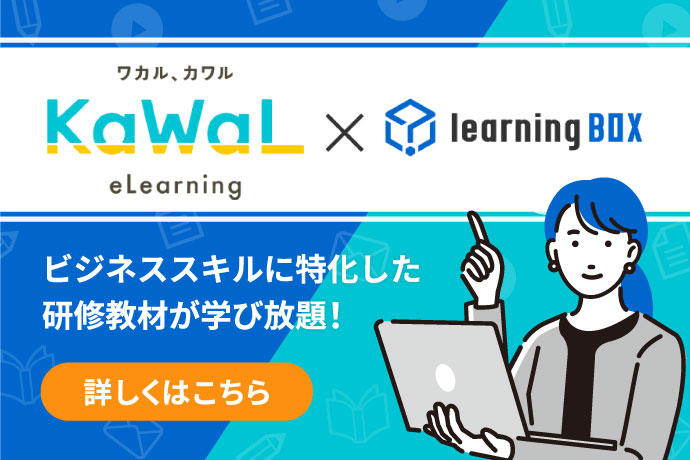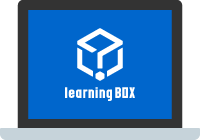Steps to the Organizational Development Process
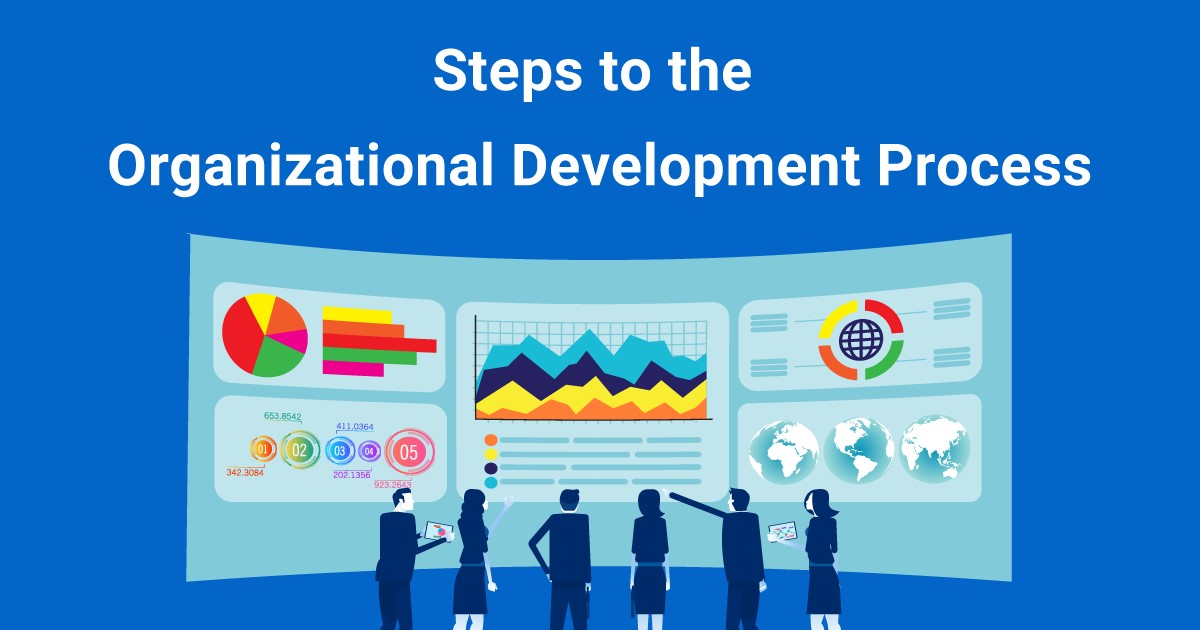
Organizational development is an effective way to revitalize an organization and create a state where employees can achieve results individually and as a team. To maximize performance, a company must take initiative for the elements involved with the business, which will lead to solutions to current problems it is facing.
This article explains the basics of organizational development, the advantages and disadvantages of implementing it, as well as the procedures and key points. We also elaborate on the effective methods and frameworks which will be a big help for HR or L&D professionals.
What is Organizational Development?

Why is organizational development important? We’ll dive into the definition and purpose of organizational development, as well as the reasons and background behind the attention it is receiving. Let's start by deepening your understanding of why you should engage in organizational development for future practice.
Definition
Organizational development (OD) refers to the concept and efforts to improve an organization’s capability through the interactions between individuals in the organization, and the focus is to bring systematic problem solving and higher performance.
Main Purpose
Organizational development focuses on the aim of enabling organizations to function effectively while adapting to constantly changing environments. It plays a crucial role in creating a corporate culture where individuals proactively address organizational challenges.
It is another important initiative for organizational development to structure company rules and create team synergy.
Value
There are some factors that organizational development leads to attention in business. For instance, aligning with the flexible workstyle in recent years, internal shifts are required to unlock the organizational potential. This is related to the spread of performance-based values, the diversity of employment patterns and nationalities, and the variety of communication tools with the spread of information technology.
To correspond with the fast-changing society and to maximize human resources, the focus should be more on driving organizational effectiveness.
From this point of view, active communication and team synergy are the keys to success for higher organizational performance.
Organizational Development vs. Human Resource Development
Let us compare human resource development and organizational development. These two keywords play important roles for solid business development respectively.

What is the difference between human resource development and organizational development?
Human resource development refers to efforts to enhance individual performance by encouraging employees to acquire knowledge and skills.
The focus of human resource development is on enhancing individual performance by encouraging employees to acquire knowledge and skills, and some methods including onboarding and workshops are widely embraced.
On the other hand, organizational development targets the interactions among individuals and teams for the organization’s success. Therefore, it is emphasized on amplifying employees’ contributions aligning with the organization’s strategy, structures and processes.
The table below shows the differences between organizational development and human resource development, comparing two factors: new hire turnover and immediate workforce.
New Hire Turnover Challenges
| Organizational Development | Human Resources Development | |
|---|---|---|
| Challenges | New employee turnover | |
| Goals | Build good work relationships | Improve managers' management skills |
| Examples of Measures | Introduce a feedback system from subordinates to supervisors | Conduct training and workshops for managers |
Immediate Workforce Challenges
| Organizational Development | Human Resources Development | |
|---|---|---|
| Challenges | Gert immediate value from new hires | |
| Goals | Team building toward the same goal | Enrich new hires' knowledge and skills |
| Examples of Measures | Update rules for one-on-one meetings | Conduct an employee onboarding for new hires |
Advantages and Disadvantages

When embracing organizational development, you cannot ignore the pros and cons since understanding these elements will be the key to success to maximize its benefits.
Advantages
Maximized Organizational Performance
Engaging in organizational development will have a positive impact on individuals as well as the organization as a whole unlocking the potential for each growth. In some cases, it will contribute to faster decision-making or improvement of idea generation.
Effective organizational development results in long-term sustainability and business success. By creating a constant pattern of improvement including evaluation and assessment, organizations will be able to maximize their performance.
Enhancement of Products and Services
Successful organizational development promotes key elements including higher quality of products and services. These outcomes are strongly connected to employee motivation and that is why it is essential to increase employee engagement with a solid understanding of company objectives.
Improved Effectiveness
Along with the active communication in an organization, feedback and interaction between employees will be increased. These factors bring about good work relationships and continuous improvement fostering a corporate culture of proactive initiatives.
Also, increased collaboration boosts employee motivation and results in versatile solutions to business needs.
Disadvantages
Time Investment
Shifting to the new workflow requires time investment in some cases. Depending on who is involved or what is changed, work efficiency may be temporarily reduced in the field.
For example, if a new progress management sheet is introduced for inter-team collaboration, inputting information can be a time-consuming task, which could have negative impacts on other daily tasks.
Resistance to Change
Some employees in an organization may be critical of change through organizational development, and lack of employee buy-in could lead to reduced productivity and morale. Failure to confront these employees could be a trigger of backlash within an organization after implementation, and sincere response will be required.
Remember there will be risks to failure in organizational development without employee involvement.
In any case, the structure of each step should be well-prepared for the successful implementation.
Back to ContentsKey Steps

This section describes the four key steps when implementing organizational development. To make it successful, the following factors will be a big help.
Step 1: Clarify Goals
It is essential to clarify goals based on the organization’s current situation it is facing. The key is to identify specific problems aligning with facts, not abstract issues. For reliable data analysis, gathering information including interviews with employees and questionnaires is crucial.
The above process will be an important tip to visualize the gap between the state of the organization you should aim for and the current situation, indicating the direction of organizational development. Remember that the goals should be based on the corporate philosophy and vision including the results of the analysis
Step 2: Create an Action Plan
According to the established goals at the Step1, a specific action plan is important to drive results. Especially, involving key stakeholders at the field amplifies other members’ contributions.
Step 3: Test the Effectiveness
Start from small. At this stage, implementation should be limited to a few departments or teams. By embracing this process at a small scale, specific challenges and success will be clarified, which are crucial criterias for afterwards hands-on activities in an organizational development. Grasp the bottom lines and expand the scope of the project gradually.
Step 4: Implement the Most Effective Measures
Test implementation at the Step3 reveals the effectiveness of organizational development. Based on the outcomes, step forward to the full-edged implementation. This is not the final goal. Organizations should always keep an eye on the progress and explore further effectiveness even after company-wide implementation.
Back to ContentsMethods and Frameworks

The following introduce some typical methods and frameworks that are utilized in many organizations for organizational development.
Appreciative Inquiry
AI (Appreciative Inquiry) is an approach to organizational achievement, utilizing questions and dialogue to help individuals unlock their potential in their organizations or teams.
This method involves in-depth questions in a team to discover success factors, individuals’ clear goals, their existing strength and so on, improving their positive thinking on a daily basis.
World Cafe
World Cafe is an interactive method of free discussion in a relaxed, café-like environment. Basically, small groups of people work together to deepen their understanding of each other while discussing a predetermined theme. Group members rotate on a timed basis, and at the end of the session, the participants share their findings as a whole.
This method does not have to be a debate. The main purpose is to provide an opportunity for employees in different positions to talk openly with each other and to promote mutual understanding in the organization.
McKinsey 7-S Framework
McKinsey 7-S Framework was developed by the management consulting firm, McKinsey & Company, as a method to achieve goals. This framework categories seven elements: three hard elements and four soft elements, aligning for organizational strategic planning.
The hard elements include Strategy, Structure and System. On the other hand, the soft elements include Shared values, Skills, Style and Staff. In terms of organizational development, analyzing these four soft elements are the keys to success to boost performance for strategic planning.
Tuckman's Model
Tuckman's Model is a framework proposed by psychologist Tuckman that shows the five stages of group development: Forming, Storming, Norming, Performing and Adjourning.
This model is often utilized for better performance in a team based on the challenges that are likely to arise in each process. Identifying each stage you are at will result in a high-performing organization.
Back to ContentsSummary
Organizational development plays an important role to enhance performance through the interactions between individuals in the organization. Regardless of expectation for higher performance, however, it could have some negative impacts on employees due to their extra workload. Along with some keys discussed above, take the most advantage of each factor for successful organizational development.
As for one of the effective methods, remember that involving key stakeholders at the field amplifies other members’ contributions. When conducting onboarding for managers or leaders, e-learning will be a big help for success. learningBOX is known as a versatile cloud-based learning platform. Admins can create and deliver content, scoring, tracking learners’ progress and more.
learningBOX ON
and
You can sign up from Free Plan to try learningBOX Free Plan. Up to 10 accounts are available without expiry date.
▼You may also like:
Back to Contents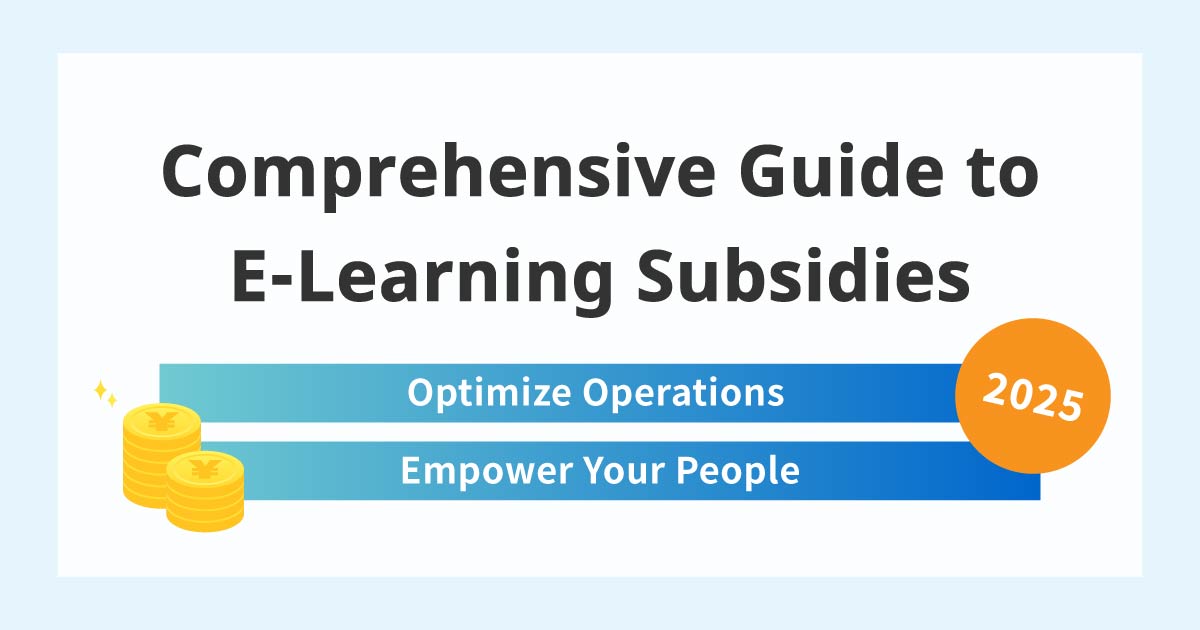

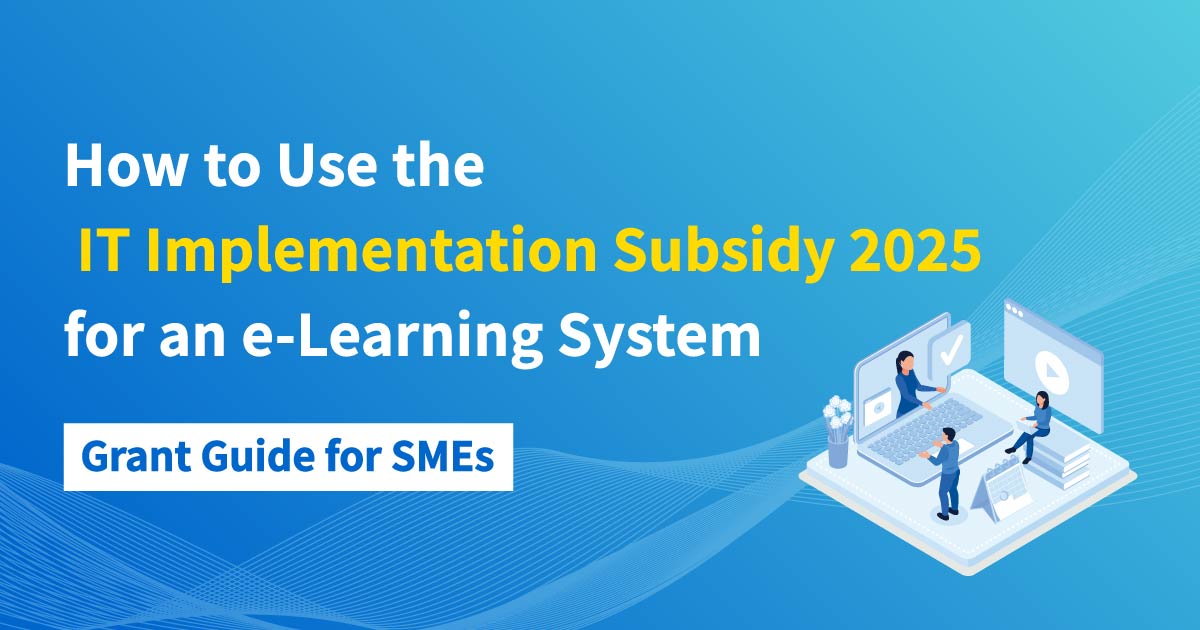
-
Discover rich featuresService Guide
-
Feel free to contact usGet in Touch
-
Try our Free PlanTry Free Plan




